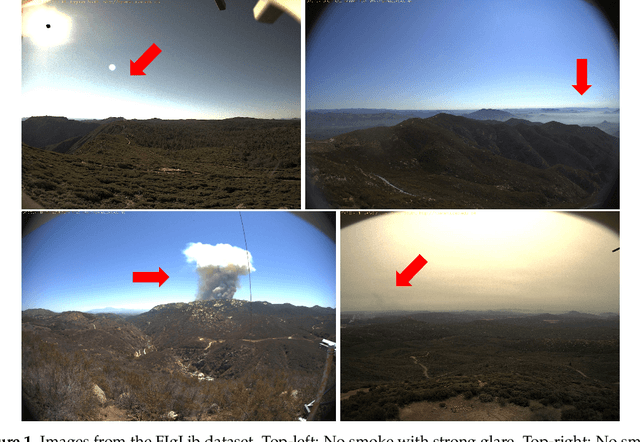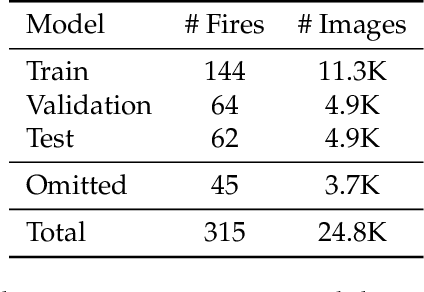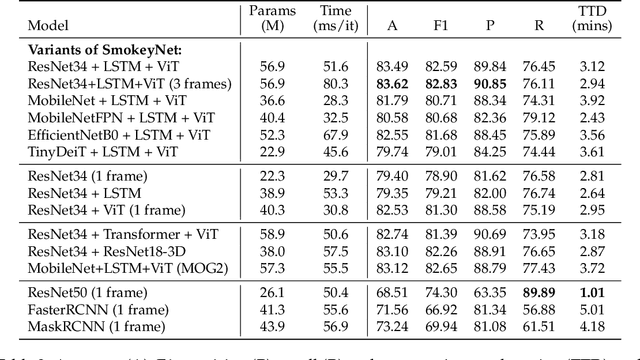Ismael Perez
BanditWare: A Contextual Bandit-based Framework for Hardware Prediction
Jun 16, 2025Abstract:Distributed computing systems are essential for meeting the demands of modern applications, yet transitioning from single-system to distributed environments presents significant challenges. Misallocating resources in shared systems can lead to resource contention, system instability, degraded performance, priority inversion, inefficient utilization, increased latency, and environmental impact. We present BanditWare, an online recommendation system that dynamically selects the most suitable hardware for applications using a contextual multi-armed bandit algorithm. BanditWare balances exploration and exploitation, gradually refining its hardware recommendations based on observed application performance while continuing to explore potentially better options. Unlike traditional statistical and machine learning approaches that rely heavily on large historical datasets, BanditWare operates online, learning and adapting in real-time as new workloads arrive. We evaluated BanditWare on three workflow applications: Cycles (an agricultural science scientific workflow) BurnPro3D (a web-based platform for fire science) and a matrix multiplication application. Designed for seamless integration with the National Data Platform (NDP), BanditWare enables users of all experience levels to optimize resource allocation efficiently.
Multimodal Wildland Fire Smoke Detection
Dec 29, 2022


Abstract:Research has shown that climate change creates warmer temperatures and drier conditions, leading to longer wildfire seasons and increased wildfire risks in the United States. These factors have in turn led to increases in the frequency, extent, and severity of wildfires in recent years. Given the danger posed by wildland fires to people, property, wildlife, and the environment, there is an urgency to provide tools for effective wildfire management. Early detection of wildfires is essential to minimizing potentially catastrophic destruction. In this paper, we present our work on integrating multiple data sources in SmokeyNet, a deep learning model using spatio-temporal information to detect smoke from wildland fires. Camera image data is integrated with weather sensor measurements and processed by SmokeyNet to create a multimodal wildland fire smoke detection system. We present our results comparing performance in terms of both accuracy and time-to-detection for multimodal data vs. a single data source. With a time-to-detection of only a few minutes, SmokeyNet can serve as an automated early notification system, providing a useful tool in the fight against destructive wildfires.
Towards a Dynamic Composability Approach for using Heterogeneous Systems in Remote Sensing
Nov 13, 2022Abstract:Influenced by the advances in data and computing, the scientific practice increasingly involves machine learning and artificial intelligence driven methods which requires specialized capabilities at the system-, science- and service-level in addition to the conventional large-capacity supercomputing approaches. The latest distributed architectures built around the composability of data-centric applications led to the emergence of a new ecosystem for container coordination and integration. However, there is still a divide between the application development pipelines of existing supercomputing environments, and these new dynamic environments that disaggregate fluid resource pools through accessible, portable and re-programmable interfaces. New approaches for dynamic composability of heterogeneous systems are needed to further advance the data-driven scientific practice for the purpose of more efficient computing and usable tools for specific scientific domains. In this paper, we present a novel approach for using composable systems in the intersection between scientific computing, artificial intelligence (AI), and remote sensing domain. We describe the architecture of a first working example of a composable infrastructure that federates Expanse, an NSF-funded supercomputer, with Nautilus, a Kubernetes-based GPU geo-distributed cluster. We also summarize a case study in wildfire modeling, that demonstrates the application of this new infrastructure in scientific workflows: a composed system that bridges the insights from edge sensing, AI and computing capabilities with a physics-driven simulation.
FIgLib & SmokeyNet: Dataset and Deep Learning Model for Real-Time Wildland Fire Smoke Detection
Dec 16, 2021



Abstract:The size and frequency of wildland fires in the western United States have dramatically increased in recent years. On high fire-risk days, a small fire ignition can rapidly grow and get out of control. Early detection of fire ignitions from initial smoke can assist the response to such fires before they become difficult to manage. Past deep learning approaches for wildfire smoke detection have suffered from small or unreliable datasets that make it difficult to extrapolate performance to real-world scenarios. In this work, we present the Fire Ignition Library (FIgLib), a publicly-available dataset of nearly 25,000 labeled wildfire smoke images as seen from fixed-view cameras deployed in Southern California. We also introduce SmokeyNet, a novel deep learning architecture using spatio-temporal information from camera imagery for real-time wildfire smoke detection. When trained on the FIgLib dataset, SmokeyNet outperforms comparable baselines and rivals human performance. We hope that the availability of the FIgLib dataset and the SmokeyNet architecture will inspire further research into deep learning methods for wildfire smoke detection, leading to automated notification systems that reduce the time to wildfire response.
 Add to Chrome
Add to Chrome Add to Firefox
Add to Firefox Add to Edge
Add to Edge